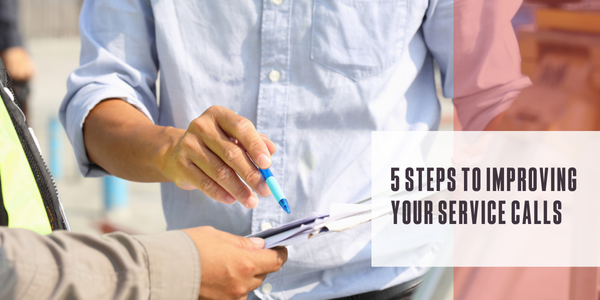UP TO THE MINUTE
6 factors to consider with DOL’s new rule on worker classification

By Marco Industries.
A recent DOL rule redefines worker classification criteria, potentially reshaping subcontractor dynamics for businesses.
If your business relies on subcontractors, a new regulation from the U.S. Department of Labor announced in January is set to shake up your operations. Effective March 11, 2024, this rule emphasizes a "totality of circumstances" approach to classifying workers, distinguishing between independent contractors and employees — a distinction with significant financial implications for employers. Here at Marco Industries we present these six factors to consider when categorizing your workers.
1 — If the worker has an opportunity for either profit or loss. Can the worker negotiate their rate of pay? Can they choose what tasks to perform? Do they use marketing efforts to acquire more work? If the answer to those questions is yes, that worker is likely an independent contractor.
2 — What investments are made by the employer and the worker. Does the worker purchase and use personal equipment or does the employer provide all the necessary equipment? If the employer provides it, the worker is likely an employee.
3 — What degree of permanence the working relationship has. Is the work available on a regular, ongoing basis? If it’s more sporadic, the worker might be an independent contractor (but this consideration can vary based on industry).
4 — The nature of the work and the degree of control the worker has over it. Do you, as the employer, set the schedule and supervise the worker’s performance? If so, the worker is likely an employee.
5 — If the work is integral to the employer’s business. Is the work performed necessary and critical to the success of your company? If so, the worker is likely an employee.
6 — How the worker’s skill and initiative are utilized. If the worker does not use specialized skills or if the worker received training from the employer, that could indicate employee status.
The DOL says all six factors must be considered, so don’t be tempted to classify workers based on just one of the factors listed above.
We’re not attorneys, so we don’t give legal advice. We’re just reporting here, because when we see things that impact our customers, we want you to know about them! If you want to learn more, the DOL has answered some frequently asked questions about the new rules here. Of course, you should always consult with your attorney or CPA to learn how this impacts your business specifically.
Learn more about MARCO Industries in their Coffee Shop Directory or visit www.marcoindustries.com.





















Comments
Leave a Reply
Have an account? Login to leave a comment!
Sign In